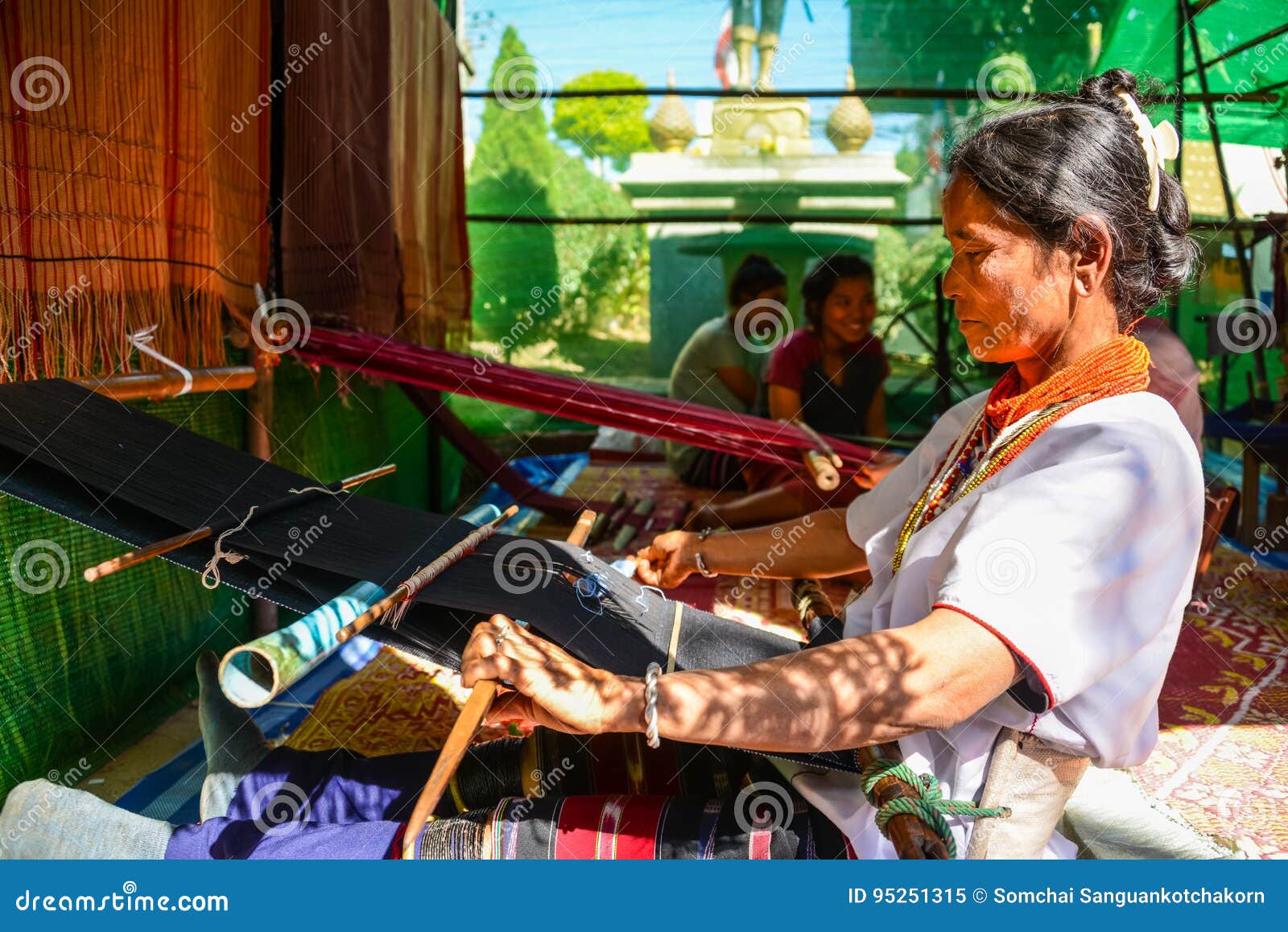

"There are some good examples of whakapapa (genealogy) lines that aren't necessarily indicative of evolutionary relationships-taxonomy-but more ecological relationships. However, the local iwi Kāi Tahu has ecological knowledge about these areas and species, which has been passed down from their tūpuna (ancestors).Ĭo-author Levi Collier-Robinson (Ngāi Tahu, Ngāti Apa ki te rā tō, Te Whānau-ā-Apanui, Ngāti Porou) says "To ensure future translocations have the greatest chance of success, we are weaving this mātauraka into a genotype-environment association study that includes present day ecological data and whole genome resequences for kōwaro across their current range."

Good ecological data is needed to make a wildlife translocation work, which is lacking in Western science for many native freshwater fish and invertebrates. Previously, attempts have been made to translocate kōwaro to one of these wetlands, but the planning didn't take into account how the translocated fish would impact their new habitat and those involved are unsure whether it was succesful or not. These studies are weaving together genomic data and local mātauraka (Māori knowledge) to revive customary practices and inform translocation policies, to enhance resilience in kēkēwai ( freshwater crayfish) and kōwaro (Canterbury mudfish) populations. The team have been working to co-develop strategies to restore native wildlife at two wetlands in the South Island. "It's Indigneous ways of knowing and seeing that are going to bring the most benefit, because they've had relationships with the natural environment far longer than we have in Western science, and have a more holistic approach." Ultimately that means they're Indigenous led or co-led," Aisling says. "If we want to achieve the best outcomes for conservation translocations-both for threatened species recovery and enhancing bio-cultural resilience-wildlife managers and researchers should not only be embedding Indigenous knowledge, but actually centring Indigenous knowledge, practices and processes. Albert Marshall describes it as learning to see from one eye with Indigenous knowledge, and from the other eye, Western knowledge," she says.Įxperience in Aotearoa and around the world has shown that if this approach is used for conservation, you get better environmental and social outcomes. Lead author Aisling Rayne says the Mi'kmaq (First Nations people of Canada) principle of Etuapmumk, or 'Two-Eyed Seeing' is a helpful way to explain how this can work.

That's the premise of a recently published paper by researchers at the University of Canterbury and South Island environmental practitioners.


 0 kommentar(er)
0 kommentar(er)
